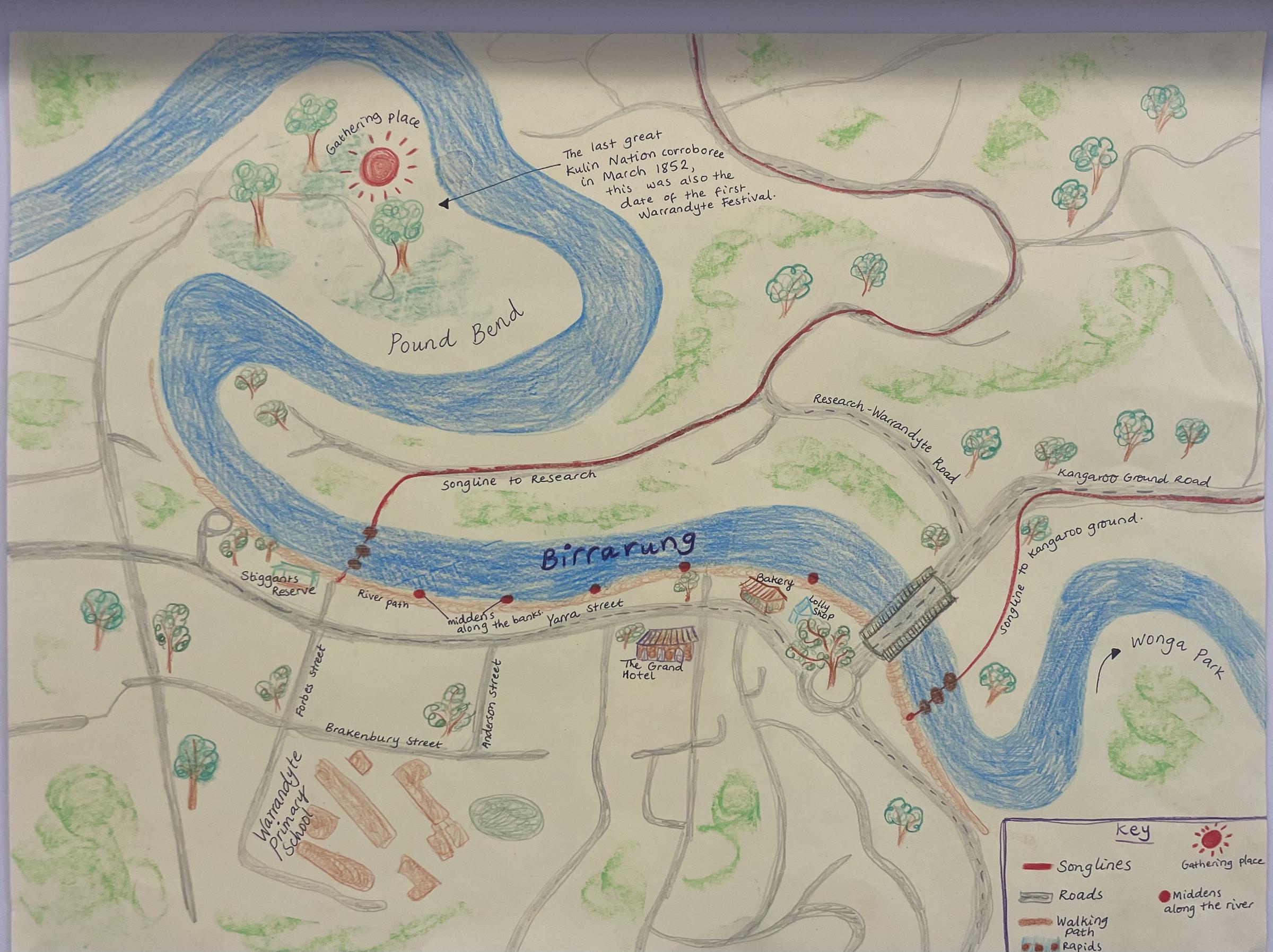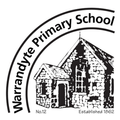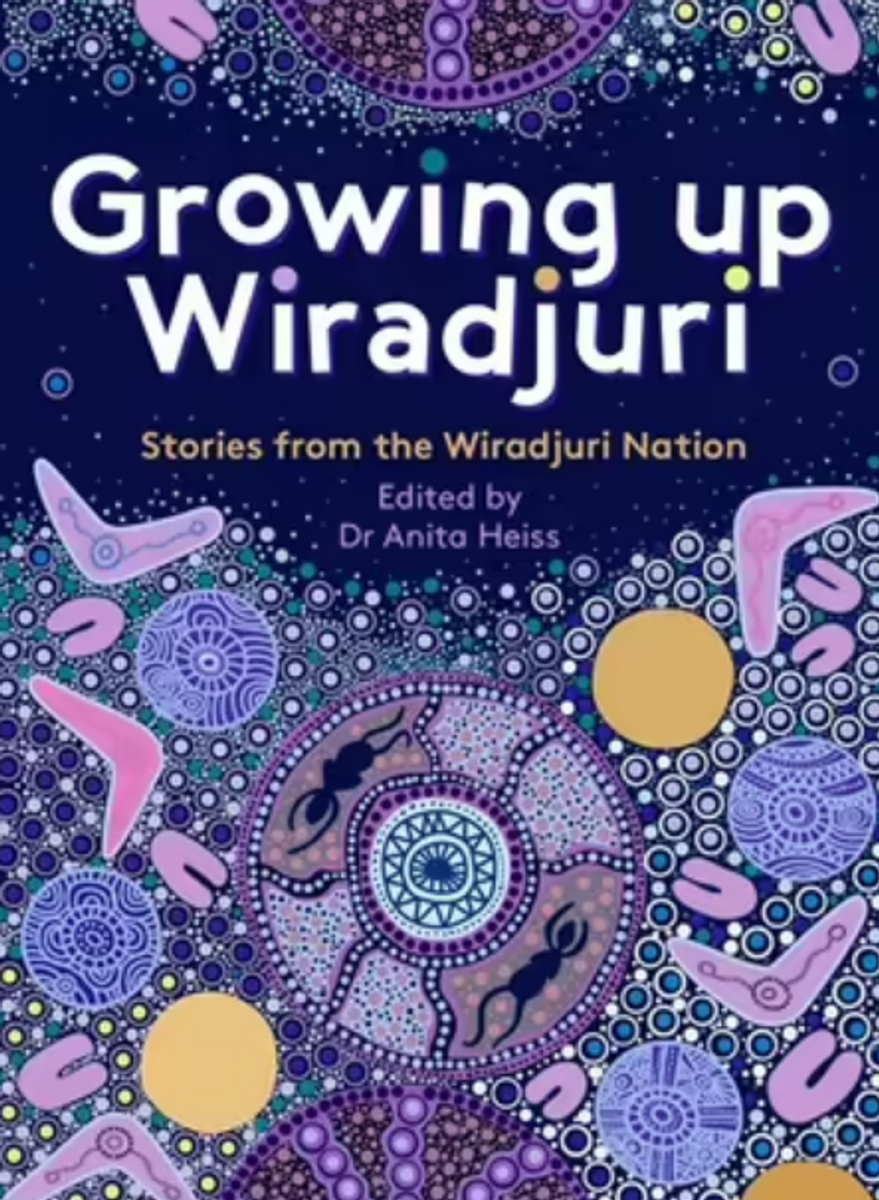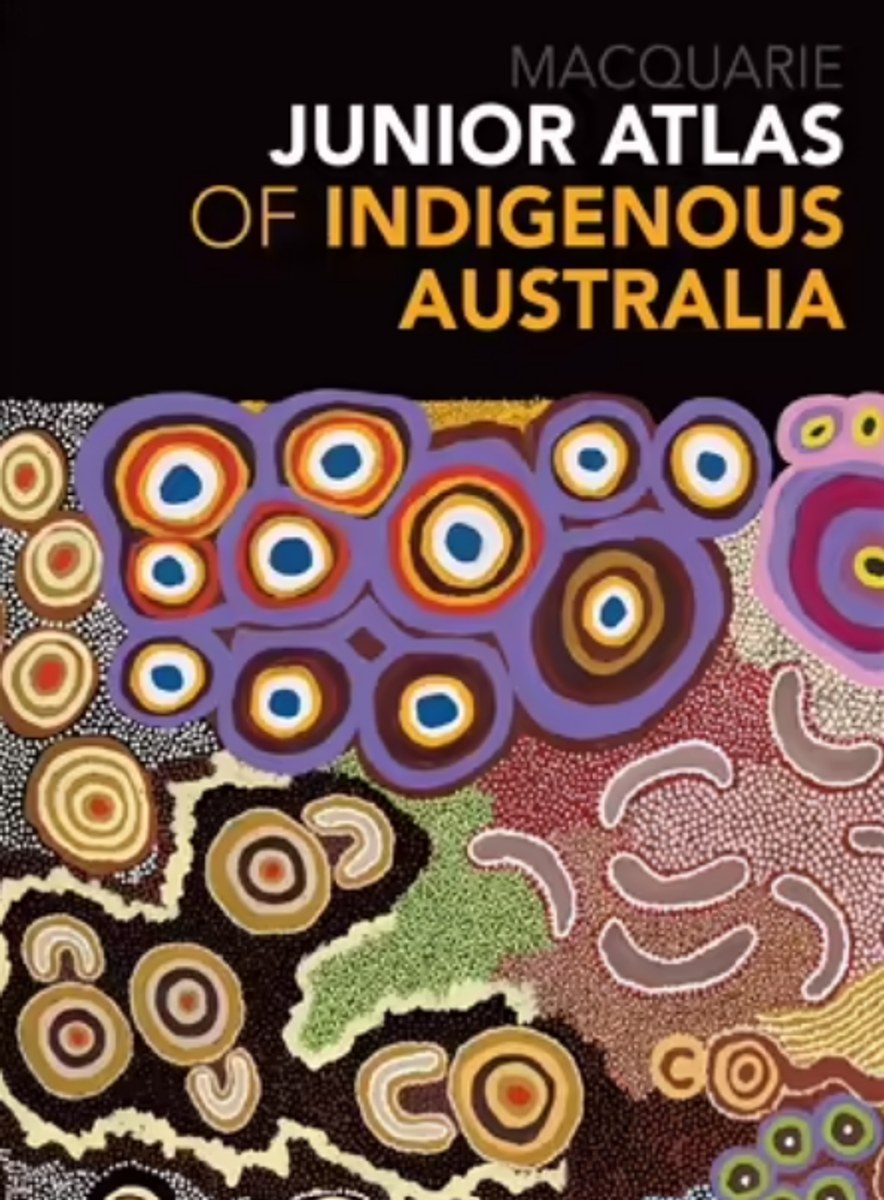Indigenous News

Take a look at some significant events in Indigenous history, from the Freedom Ride in the 1960s that highlighted discrimination of Indigenous Australians, to the Wave Hill walk-off, that led to the return of huge amounts of land to its traditional owners. We also explore what a treat is and why some people think it's an important thing to have.
Policy Implementation
We support the department of Education values of diversity and inclusion. The Aboriginal Learning Wellbeing and Safety policy has been written to build upon this culture and to provide guidance in supporting indigenous students and to deliver a curriculum that includes indigenous perspectives. Our planning process at school is to audit our units of work to ensure we are considering ways to teach using indigenous perspectives.
New Books to support the RAP
Every term WPS has committed to purchasing new texts that represents
indigenous culture to build our resources and to provide more opportunities for students to learn about indigenous culture through stories and non-fiction texts. This term we have purchased the texts below and these will be catalogued and shared amongst the teachers to explore with their students.
Age range 7+
Growing up Wiradjuri is a collection of personal stories by Wiradjuri Elders. The writers are Uncles and Aunties who came of age in New South Wales in the 1950s and 1960s.
In a strong collective voice, they share the difficulties of growing up under the rule of the welfare board. Some describe their experiences of evading capture by the welfare mob, or of being stolen and forced into state care away from their families. Some describe experiencing racism in school, the trials of poverty and family separation.
Alongside the difficulties of marginal life, backbreaking labour and family separation, they also detail their fond memories of their own Elders, Aunts and Uncles who cared for them and taught them culture. Contributors describe happy memories of family and community life on country, working the land, sitting around campfires, hunting, fishing, and playing games in the bush with their cousins, brothers and sisters. They talk about the values that were imparted to them by staunch parents and grandparents, about what it means to come from a family where everyone takes care of each other during hard times, and the work they have done to build stronger communities. Every contributor has important advice to share with the next generation.
The Atlas visually represents patterns of human activities in space and time, from over 60,000 years ago to the present time. It covers an extensive range of topics, such as deep history, Indigenous mapping, material culture, cultural and religious life, art, sport, language, environment and Country, social justice, education and health and wellbeing. The 130 maps, which form the core of the book, are supplemented by easy-to-read explanatory text and over 165 photographs, artworks, illustrations, charts and graphs.
The Junior Atlas of Indigenous Australia is a collaborative publication between the Australian National University, the Australian Bureau of Statistics and Macquarie Dictionary. It is based upon the award-winning Macquarie Atlas of Indigenous Australia and the Macquarie Atlas of Indigenous Australia Second Edition. The content has been adapted to suit a younger audience. It includes contributions from more than 40 authors from a wide variety of places and professions - from universities, the arts world, Indigenous organisations and the public service.
Marngrook @ WPS
Our grade 6's participated in a Marngrook workshop last week and were taught the rules before having a go themselves. We are currently trying to source 2 Marngrook balls so our senior and junior students will be able to borrow them at lunchtime to play.
What is Marngrook?
The marn-grook or ‘game of ball’ was played by some Aboriginal groups in Victoria. The men and boys would joyfully assemble when the game was to be played. The ball was often made of twine formed using the twisted hair of the possum. It was of a good size, somewhat elastic but firm and light. Some people believe that the game of marn-grook influenced the development of Australian rules football.
Game play and basic rules - adapted for younger players
The ball is dropped and kicked high into the air using the instep of the foot. Players then attempt to secure the ball. The player who takes possession of the ball kicks it in the air and again a scramble for the ball ensues. Players may not dive on the ball on the ground to secure it and must try to avoid physical contact as much as possible. It is usual for the players to attempt to catch the ball, but if it is knocked or dropped to the ground by players it is still in play.
Marngrook Footy - Behind The News (abc.net.au)


